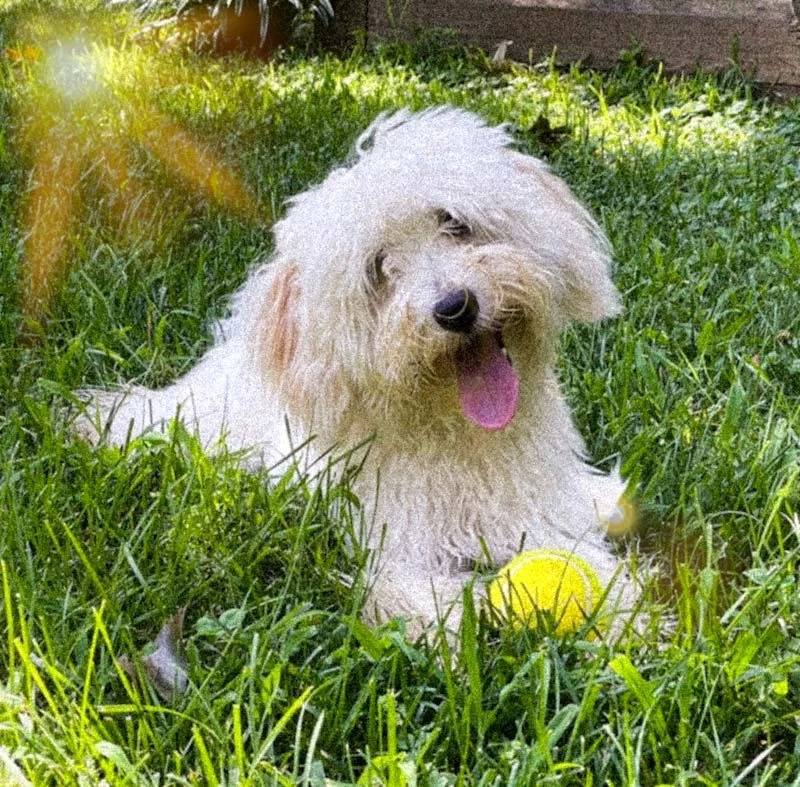Eliminating Mites
Mites can make life miserable for dogs—causing itching, hair loss, and skin irritation. While conventional treatments often rely on chemical dips and medications, there are natural ways to help eliminate mites and support your dog’s healing.
Let’s take a look at what mites are, how dogs get them, and the natural options available to help.
How Do Dogs Get Mites?
Mites are microscopic parasites that live on or under the skin, leading to different types of infestations:
Sarcoptic mange (scabies) – Highly contagious and causes intense itching.
Demodectic mange – More common in dogs with weakened immune systems.
Ear mites – Found in the ears, often leading to infections.
Cheyletiella mites ("walking dandruff") – Causes flaky skin and irritation.
Dogs can pick up mites from contact with infected animals, contaminated bedding, or weakened immune health.
Signs Your Dog Might Have Mites
Constant itching and scratching
Hair loss, bald patches
Red, irritated, or scabby skin
Thickened or crusty areas
Ear infections or excessive head shaking (if mites are in the ears)
If you suspect mites, your vet can confirm the type and severity.
See your veterinarian for an official diagnosis. Then you and I can collaborate on a wellness strategy to support your dog.
5 Natural Ways to Help Dogs With Mites
1. Neem Oil & Herbal Rinses
Neem oil has powerful antiparasitic and skin-soothing properties. It can be used topically to help fight mites and reduce inflammation. Herbal rinses made with chamomile, calendula, or neem leaf tea can also support healing.
2. Apple Cider Vinegar (ACV) Sprays
Mites dislike acidic environments, making ACV a helpful tool. A diluted ACV rinse (mixed with water) can be applied to itchy areas—just avoid open sores or sensitive skin.
3. Essential Oils for Mite Relief
When properly diluted, essential oils like lavender, cedarwood, and tea tree can help deter mites and soothe skin irritation. These should always be used carefully and never applied undiluted.
4. Nutritional & Immune Support
Mites thrive in dogs with weak immune systems, so supporting gut health, skin health, and immunity can help the body fight off infestations naturally.
Colostrum and probiotics support immune function.
Omega-3s and bee pollen can help with skin recovery.
A fresh, species-appropriate diet helps build overall health.
5. Diatomaceous Earth (DE) for Bedding & Fur
Food-grade diatomaceous earth can be lightly applied to your dog’s coat and bedding to help dehydrate mites. Be sure to avoid inhalation and only use food-grade DE.
What About Ear Mites?
For dogs struggling with ear mites, garlic-infused oil, aloe vera gel, or herbal ear drops can help soothe irritation and discourage mite growth. A vet visit may still be needed if the infection is severe.
For a detailed step-by-step guide with safe product recommendations, essential oil blends, and a full protocol for long-term mite prevention, join my private client forum!
"Statements in this blog have not been evaluated by the FDA. Educational content only. Not intended to diagnose, treat, cure, or prevent any disease."

